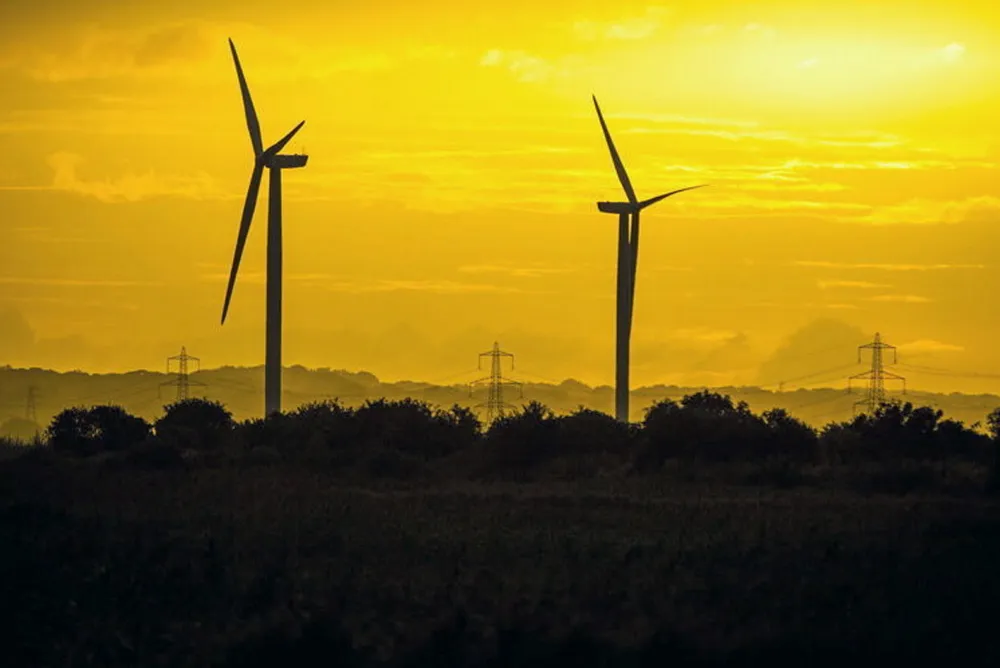UK gives English onshore wind farms 'nationally significant infrastructure' status
Measures aimed at streamlining planning process for onshore wind farms above 100MW are in step with pursuit of 2030 targets

The UK has readmitted onshore wind projects in England to the country's Nationally Significant Infrastructure Projects (NSIP) scheme a whole decade after they were removed, potentially streamlining planning procedures for such projects.
Onshore wind projects above 100MW in England were included in a broader planning overhaul announced by the Ministry of Housing, Communities and Local Government.
A de facto ban of new onshore wind projects endured for more than a decade in England, but a new Labour administration ended the ban immediately upon taking office in July.
Onshore wind forms an important plank of the government’s broader plan to achieve a clean power grid by 2030 and net zero greenhouse gas emissions by 2050.
An Onshore Wind Industry Taskforce (ONWIT) was established in July 2024 to identify and deliver actions needed to accelerate on this front.
A report by the UK’s National Energy System Operator (NESO) on the feasibility of the 2030 target said onshore wind capacity would need to jump to 27GW, from 14GW currently.
“Today’s announcement is the final part of truly lifting the onshore wind ban in England and further underlines the new government’s determination to unlock its potential, commented James Robottom, head of policy with clean energy lobby group RenewableUK.
"It not only emphasises the critical role that onshore wind must play in reaching our clean power targets but also strikes a balance between smaller onshore wind projects decided locally and central decision-making for larger nationally significant projects.”
Community consenting for new grid infrastructure is a topic of intense debate in affected regions, and onshore wind farms are expected to stir up the debate more at both local and national level.
For the time being, however, Renewable UK remains confident in the overall level of public backing for net zero policies .
The Labour government also insists that the push for green energy will ultimately bring down electricity bills, provided investments materialise at scale.
"Public support for onshore wind remains sky-high throughout the UK, at 78% according to the latest official polling, showing billpayers understand that new wind farms provide electricity at very low cost, strengthen our energy security, and tackle climate change,” Robottom added.
“The NSIP process will provide greater certainty on planning timelines and play a vital role in ensuring we can unlock investment for new onshore wind projects in England."
He argued that communities will be thoroughly consulted on any onshore wind proposals, even in the case of larger projects that go through the national, rather than the local planning regime. A range of socioeconomic benefits have been promised for surrounding areas.
The planning overhaul unveiled on Thursday also confirmed onshore solar projects above 100MW would now be considered through the NSIP regime.
Offshore wind bonanza
NESO's modelling of what will be required for the UK to achieve a clean energy power grid by 2030 stated that offshore wind capacity would have to be more than tripled from the current 15GW.
The UK government is set to unveil its response to the NESO report on Friday with a new Clean Power Action Plan.